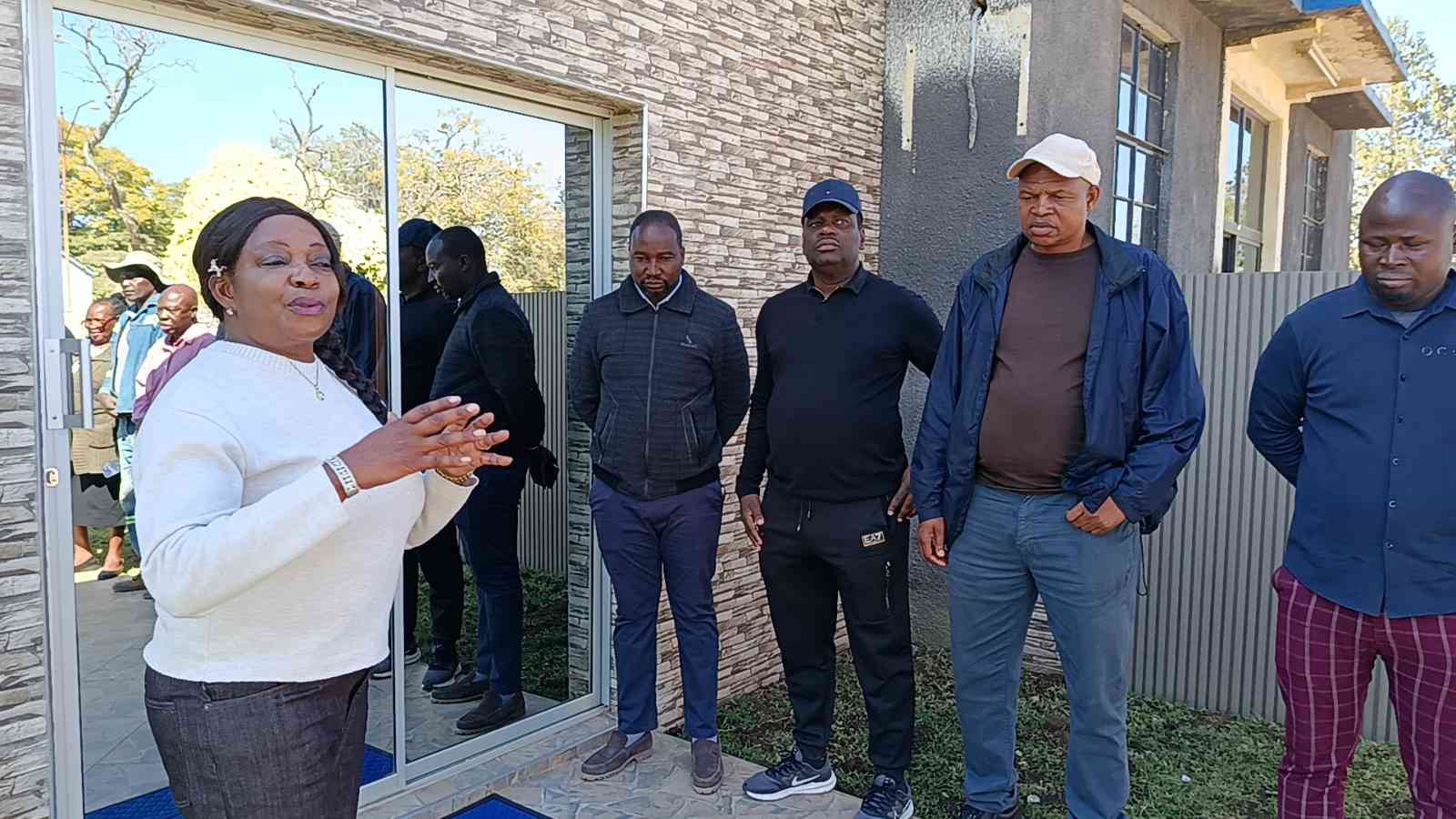
THE recent announcement by the government of its intention to designate Pupu into a national monument will continue to place the province of Matabeleland North as a force to reckon with in terms of cultural and historical promotions.
travelling & touring:with Burzil Dube
Yours truly will continue to dwell on promotion and resuscitation of cultural and domestic tourism post-Covid-19 with the designation of the latest monument also being made at the right time.
A stich in time saves nine even in the world of hospitality.
In previous Travelling and Touring articles, yours truly made passionate appeals for continuation of promoting the country’s cultural places which on the other hand might be a boon especially to history students.
A lot has been spoken and written about the mighty Victoria Falls, Eastern Highlands, Hwange National Park and Great Zimbabwe — you name it, while there is scant knowledge concerning historical places such as Pupu in Lupane.
Pupu is situated at about 30km northwest of Lupane centre.
As alluded to above, the designation of Pupu as a national monument will certainly go a long way in paying homage to the brave Ndebele warriors who perished during the Anglo-Ndebele War of 1893.
- Chamisa under fire over US$120K donation
- Mavhunga puts DeMbare into Chibuku quarterfinals
- Pension funds bet on Cabora Bassa oilfields
- Councils defy govt fire tender directive
Keep Reading
Today this column will be dedicated to the famous Battle of Pupu, which happened on December 3 of that particular year where the fully armed British South Africa Company Police (BSACP) were annihilated at Pupu.
As for the events leading to the first Anglo-Ndebele battle, yours truly leaves it to the historians and other related authors, but what is of paramount importance is that it pitted the feared and brave Imbizo battalion against the BSACP led by Major Allan Wilson.
The battalion is said to have comprised fierce and best regiments such Insukamini, Ihlathi and Siseba, who had vowed to protect the Ndebele king at all cost.
Other writers give different names of regiments, but the bottom line is they were among the best in Matabele warriors.
The word surrender was not part of their vocabulary.
Wilson’s sole mission was to capture King Lobengula and try to force him to capitulate, but that was not to be.
The Ndebele king had earlier on fled from his royal kraal of Bulawayo where he had earlier set it alight as the early colonial forces had shown signs of overrunning this citadel of power.
The Imbizo battalion was under the tutelage of Mjaan (whom they failed to pronounce as Mtshane) Khumalo, whose war heroics left many colonial forces baffled even though they had superior firepower at their disposal.
According to written historical records, the Matabele warriors outnumbered the settler forces under the command of Allan Wilson and managed to destroy his entire Shangani patrol, as it was called by then.
Whatever happened after that is well documented in the country’s history books.
This historical site where the Matabele army waged their early wars against settlers has in the past been a rather sorry sight.
However, the last Ndebele king remained elusive and he was never captured and various theories have been thrown around in terms of his whereabouts even to this day.
That can be left for another day by yours truly as the shrine now joins the likes of the National Heroes Acre, among others, in the country’s history books.
While it is part of historical preservation, this is also a positive development in the country’s hospitality industry especially in terms of the cultural and domestic industry.
At the Matopos Hills on the outskirts of Bulawayo, the most notable features besides graves of Cecil John Rhodes and others are the murals of Wilson and his troops in remembrance of how they met their ultimate fate during the Anglo-Ndebele War at Pupu in December 1893.
This is the place where the remains of Rhodes, Leander Starr Jameson as well as those of Wilson and others were interred.
According to some foreign publications at that time, Major Allan Wilson and some of his forces were elevated and declared national heroes. This, however, could be subject to debate as I earlier alluded to that yours truly is not a historian.
Matopo Hills has become a major tourist attraction for both local and foreign visitors thus in the process putting the country on the world map in terms of history and the hospitality industry.
The designation of Pupu might also come handy for primary and tertiary educational trips as the province was lagging behind on such informative excursions which form the basis of the country’s history.
However, more needs to be done to the road which passes through this newly named monument in terms of upgrading if it is to find any takers.
Those who have in the past used Gomoza road may bear witness that a lot needs to be done if this place is to become a reality.
To describe it as a road would be an overstatement, but there is some glimmer of hope because the area is also home to the Lupane coal bed methane.
If you know you know.
This coal bed methane gas which may turn the country’s economic fortunes is situated in the Mzola area which is also adjacent to the newly named Pupu Monument. If wishes were horses, some of us would certainly have been the Texas Rangers of today.
l Comments are always welcome on:[email protected] or Twitter: @DubeBurzil










